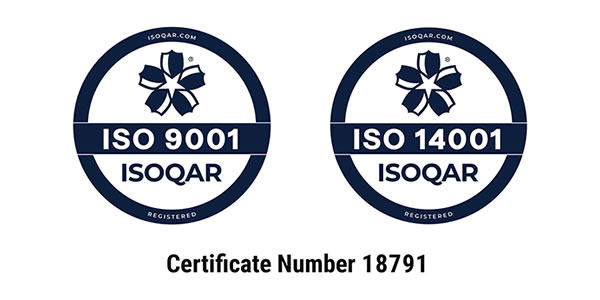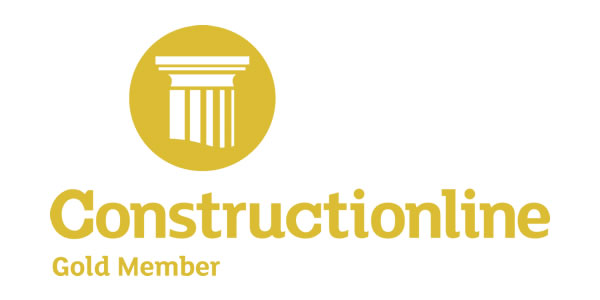
City Centre Strategies
Posted on 18th January 2021

Various studies have shown that the numbers of workers moving away from our cities has been increasing year on year. In 2019 for every nine adults moving into London for example, 10 were moving out. With nearly a year of living with Covid people are relocating at an even faster pace.
A third of Brits claim that the increase in flexible working would encourage them to move elsewhere. The offer of increased remote working opportunities will without doubt inspire us to be more creative with our living arrangements.
The continued impact of the virus will change our city centres and in addition our High street forever. City centre planners in conjunction with retail hubs and businesses must focus on building a sense of community if they are to survive the ongoing uncertainty.
The High street of the future may be unrecognisable. Under new radical reforms to the UK’s planning system empty shops could soon be transformed into homes. It will soon be possible to convert commercial properties including vacant shops into homes without the need for lengthy planning permission.
The government hopes this will “support the high street revival by allowing commercial properties to be quickly repurposed”.

City planners and urban landscapers will need to look at how we redesign our towns and city centres. These areas will need to become places we want to be as we slowly lick our wounds and recover from the Covid 19 pandemic. The benefits of planting and outdoor space will be brought to the fore.
The high street has typically operated both as a social place as well as a commercial hub where communities could meet, make use of the services we have and interact. Over time this function has become less and less as car users have clogged our streets. Our high street has become less of a social hub and more of a throughfare, a place of passing and movement.
Since Covid-19 it is important to understand the social and emotional benefits of street design. Our planning and inspiration needs to come from our culture and landscape. Changes to the urban environment present continuous challenges within the modern world and our outdoor spaces need to be pleasurable. Safety, belonging and participation are key.
Our pavements have, over time contracted, trees reduced, benches, shop displays and cafe tables all becoming extinct as the road takes over. The pedestrian or cyclist has been allocated less and less space. In the shadow of Covid and our need to social distance this model clearly will no longer work.
Evidence shows that in order for our high street to economically work for local retailers, people must feel welcome, and of course safe. Our priority now needs to shift to the reallocation of both space and recreation. Walking and cycling needs to outweigh the heavy balance of traffic.
In 2019 Sustrans Bike for Life report showed that even before Covid 75% of our residents were keen to see more space available for socialising, walking, cycling and ultimately fresh air.
Since the introduction of lockdown we have seen huge swathes of people work from home and stay local. Our High streets need to become attractive places to visit, to shop and simply be. With the mental health impact of isolation and loneliness becoming something to fear, many people are choosing to shop locally in order to satisfy human interaction. Walking and cycling is to be encouraged and as a nation we have seen a huge progression in both these markets.

Our high street needs to become steadily more special, a hub for social connection that is so missed by many. An attractive place with clever planting and elements of nature, the spaces need to be enhanced to encourage civic and social use.
Many cities are increasing outdoor space for use by restaurants, cafes and places to meet and work. Allowing our outdoor time to be exciting and fun, Healthy and beneficial. Above all welcoming.
With overseas restrictions set to be in place for a long time yet the staycation will continue to remain popular and domestic tourism needs to be attractive and safe. Safe travel routes and connecting cycle routes will be paramount.

More space needs to be allocated for people to park their bikes, local authorities must make alternative travel arrangements easier to encourage us all to try something new.
Maybe this dramatic change that has been imposed on our daily lives will allow us the opportunity to make a positive change to our environment, to give ourselves the best possible chance of health, mental wellbeing and connection.
Bailey Street Furniture Group offers the combination of innovative design, clever solutions and smart technologies for our urban needs. BSFG believes that investing in well-designed unrestricted urban spaces is vitally important, our immediate surroundings and environment benefit our quality of life and promote a healthier future that we all so depend upon.
Using world class design teams and utilising environmentally sustainable materials in conjunction with leading edge technology, Bailey Street Furniture Group create inspiring integrated urban furniture with our future needs in mind.
For more information on BSFG please contact their team on 01625 322 888 or email enquiries@bsfg.co.uk. To view the company’s wide range of high quality street furniture visit their website www.bsfg.co.uk








